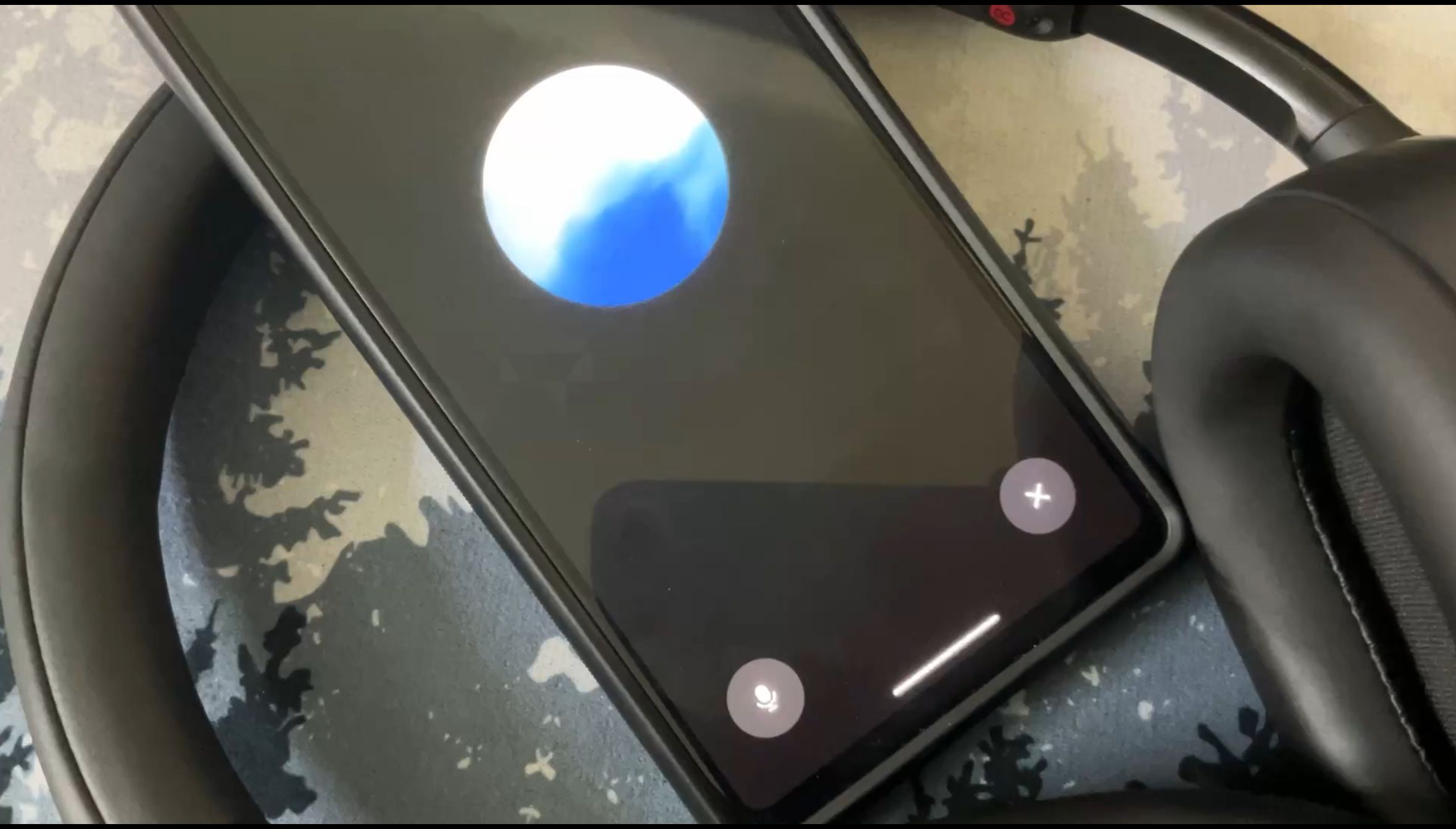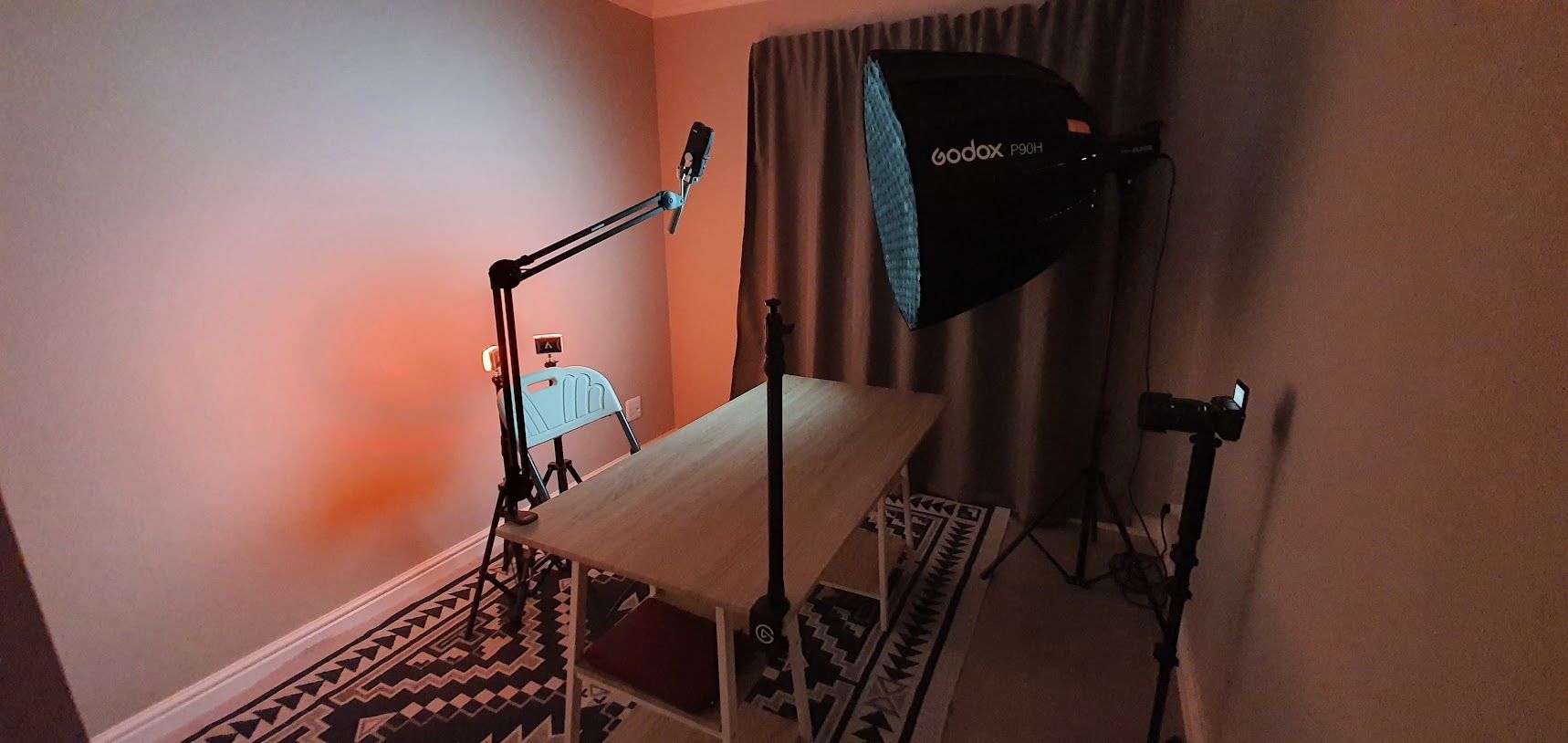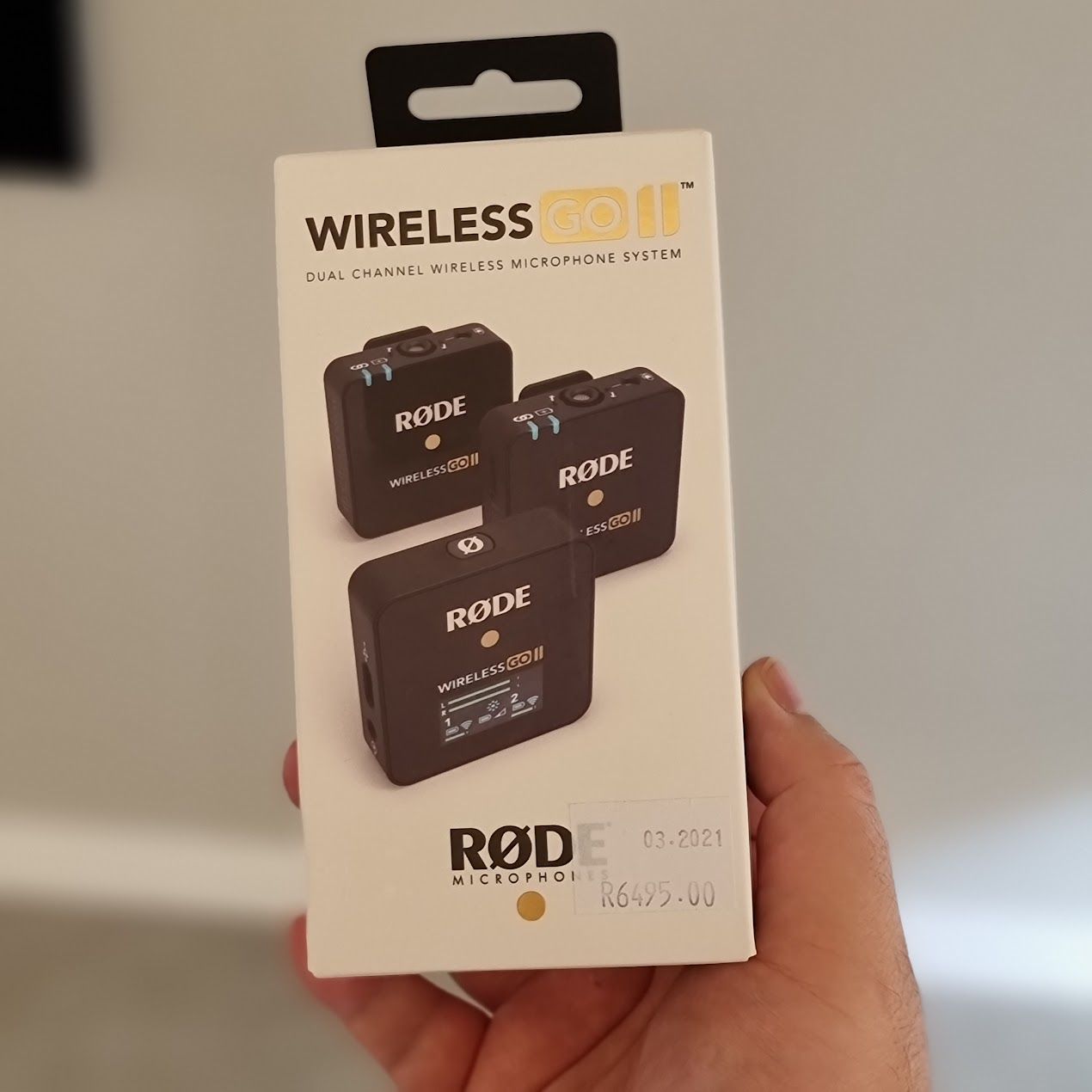Key Takeaways
- Good microphone quality is crucial for accurate AI voice recognition on apps like ChatGPT.
- Mic proximity and polar pattern impact audio quality and recognition accuracy.
- Consider using conference mics or clip-on lapel mics for improved vocal pickup with AI assistants.
I’ve been playing around with apps like ChatGPT’s advanced voice modes, and although the tech is incredibly impressive, I do find that the software mishears me. Most of the time, it does a good job, but when I hook up one of my good mics, things definitely improve. So, if you like using the voice function of an AI assistant, you might want to consider using a better microphone than the one built into your computer or headset.
Your AI Needs to Hear You
If you’ve ever listened to someone over a phone or laptop microphone, you know that they don’t sound great. Even with our brains tuned by evolution to pick out speech, it’s easy to mishear what someone says over a low-quality microphone. So, honestly, I’m amazed at how accurate things are when using an app like ChatGPT to converse with software.
Now, if you listen to someone speaking using a proper podcast or vocal microphone, you can hear every detail of what they say. There’s no mistaking an “m” for an “n”, for example. While there are great algorithms working in the background to cut out noise and compensate for the relatively poor quality of these tiny microphones, there’s no substitute for a quality mic in the first place.
It’s not just the new wave of AI chatbots that this matters either. I’ve pointed out in the past that a good quality mic can make all the difference when you’re trying to write by using dictation software. The same principle applies.
Pick a Mic That Matches Your Direction
A lot of people underestimate how close a mic needs to be to your mouth in order to get a good, clean audio signal from it. If you’ve ever had to record your voice, you know that in most cases you need to get that mic pretty close to your mouth. If you can’t, you need to use a microphone that’s better suited to picking up voices at a distance.
What plays a crucial role here is the mic’s “polar pattern”, which is simply the pattern of its sensitivity to sound. For my YouTube channel, I use a special shotgun mic attachment for my offboard recorder, but that’s not really practical for a desktop setup, though it is excellent for recording my voice from outside the video frame and will only pick up sound within a narrow “beam.” It’s an example of a hypercardioid microphone. On the opposite side of the spectrum, an omnidirectional mic will pick up sound all around it, so it’s good for recording ambient sound, but not optimized for someone who’s always speaking from the same position.
I think a good cardioid podcast condenser microphone will likely improve the performance of voice recognition for most people in most situations.
Consider Wearing a Clip-On Mic
While it’s cool to poke fun at all those AI gadgets that are basically a mic pin, they are on to something with the position of the microphone. If you make use of a cheap wired lapel (aka lavolier) mic that should improve your vocal pickup significantly. If you really want to be fancy, you can use a clip-on Bluetooth lapel mic, which gives you the clarity of a headset, without the inconvenience of wearing one. Personally, I use the Rode Wireless GO II for all my wireless mic applications, but that’s probably a little too expensive to justify for AI specifically.
Conference Mics Might Be a Good Idea
Though I haven’t tried this yet for AI chatbots in particular, it occurs to me that omnidirectional conference mics and speakerphones could be a great solution for this. After all, they were designed to let a group of people sitting around a conference table all talk from any distance and direction in the room. This isn’t dissimilar to the microphone arrays you’ll find in smart speakers. It would actually be pretty great if existing smart speakers could work with apps like ChatGPT, and that might be something that happens in the future.
This only really makes sense if you’re going to be having a chat with your synthetic friends while moving around the room, but I can imagine many cases where that’s exactly what you want to do, and barring a clip-on wireless mic or Bluetooth headset, a conference mic could be a great choice.




